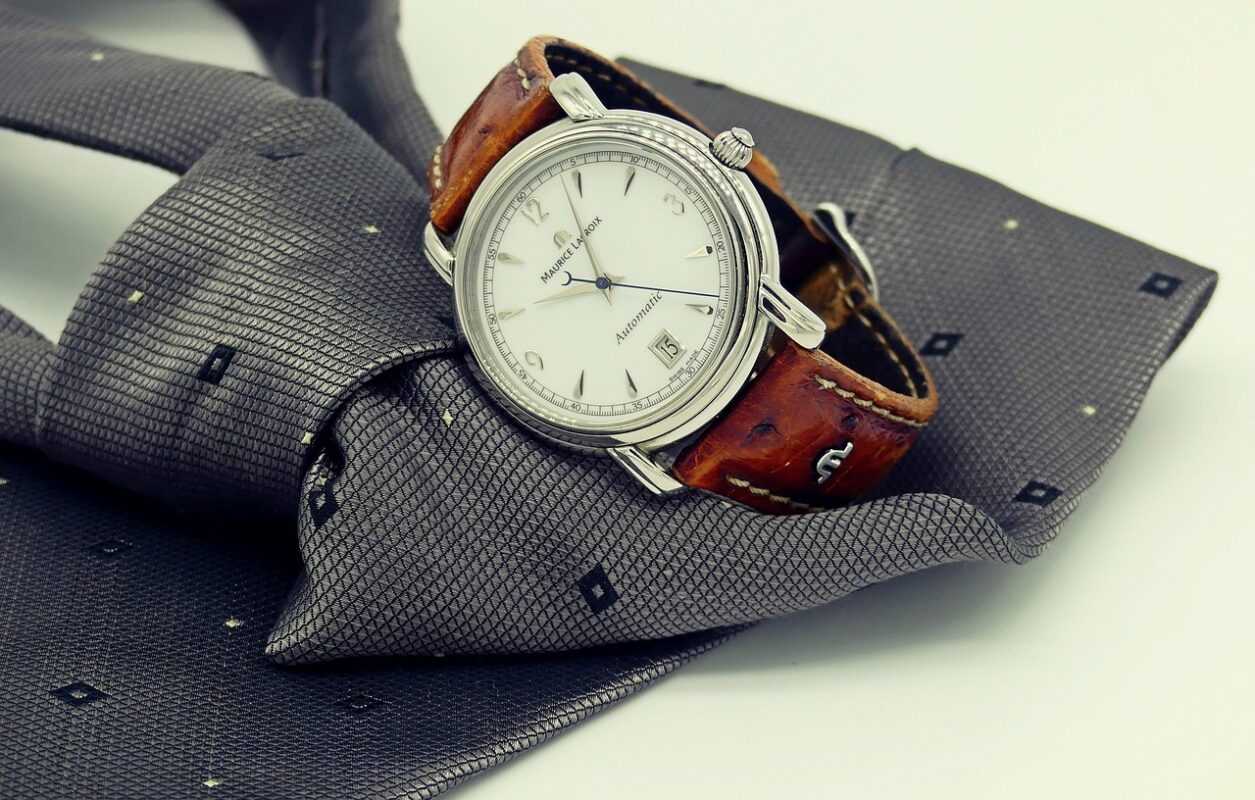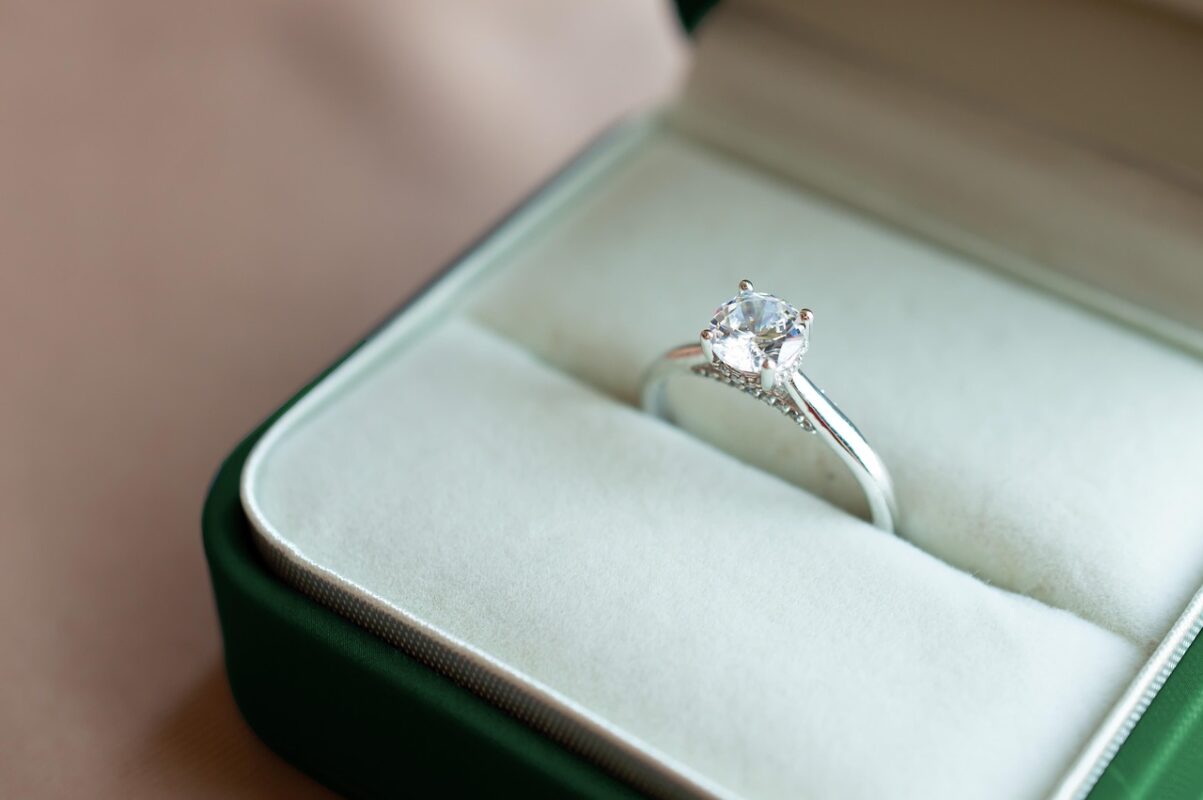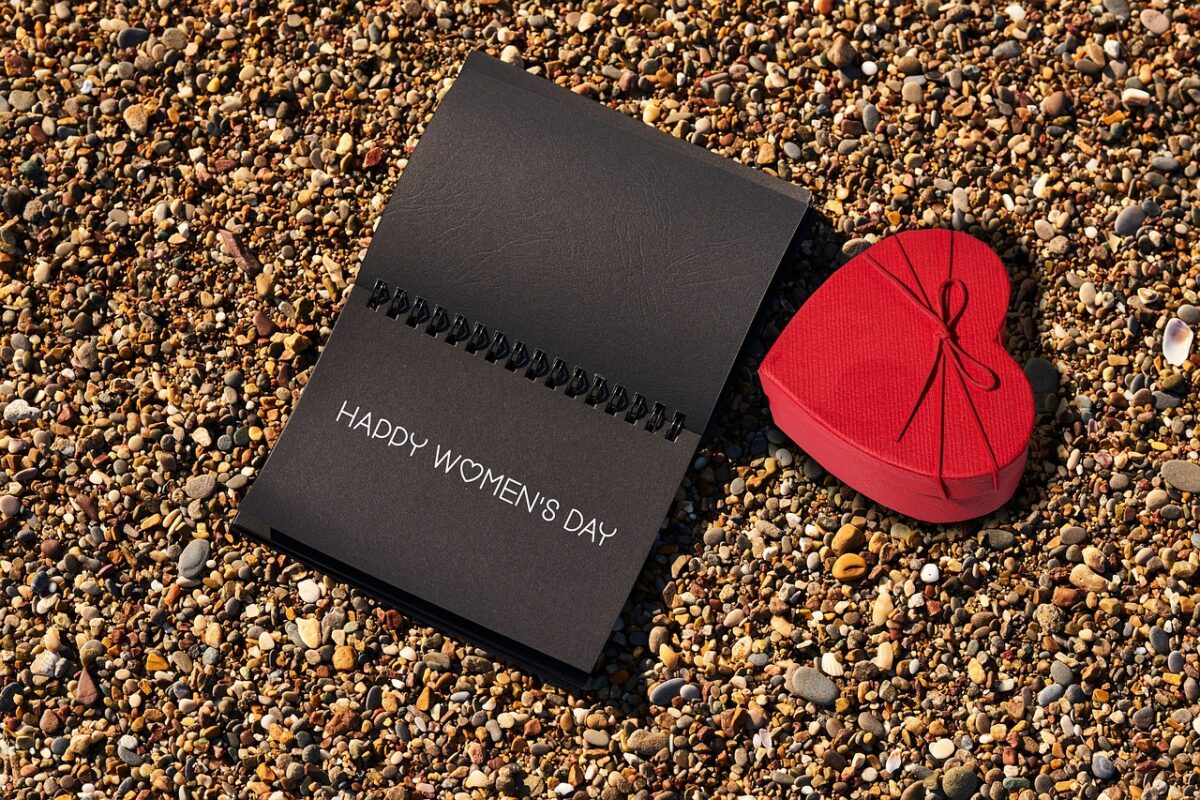Opal Wedding Rings: Must-Have Buying Tips for a Timeless Symbol
Selecting a wedding ring is one of the most significant purchasing decisions you will make. While diamonds are a classic choice, opal wedding rings offer a unique and captivating alternative, renowned for their dazzling play-of-color. As a gemologist and jewelry industry professional with over two decades of experience, I have guided countless couples through this meaningful process. This guide is designed to provide you with the expert knowledge needed to make an informed and confident purchase, ensuring your opal ring is as enduring as your commitment.
Understanding Opal: A Gem of Many Hues
Opal is a non-crystalline form of silica, celebrated for its unique internal structure that diffracts light to display a spectrum of colors. This phenomenon, known as “play-of-color,” makes each stone utterly unique. Before purchasing, it’s crucial to understand the different types of opal available for jewelry.
Primary Types of Opal for Rings:
Solid Opal: A natural opal that has been cut and polished from a single piece of rough material. It is the most valuable and sought-after type.
Doublet Opal: A thin layer of solid opal glued to a backing material, usually black glass or common opal (potch). This enhances the color but makes the stone more vulnerable to damage.
Triplet Opal: A doublet with a clear, domed cap (often quartz or synthetic spinel) glued on top to protect the delicate opal layer.
For a piece of jewelry worn daily, like a wedding ring, a solid opal or a high-quality triplet offers the best balance of beauty and durability.
Essential Buying Guide: Key Considerations
When evaluating an opal wedding ring, several factors determine its beauty, value, and longevity.
1. Opal Specifications and Quality
The value of an opal is judged by a combination of its body tone, play-of-color, pattern, and clarity.
| Feature | Description | What to Look For |
| :— | :— | :— |
| Body Tone | The base color of the opal, ranging from black or dark gray to white or crystal. | Darker body tones (e.g., black opal) typically make the play-of-color more vibrant and are often more valuable. |
| Play-of-Color | The range and brilliance of the spectral colors displayed. | Look for a bright, vibrant display with multiple colors. Red flashes are rarer than blue or green. |
| Pattern | The arrangement of the color flashes. | Desirable patterns include harlequin (broad, angular patches), flagstone, and ribbon. |
| Clarity | The transparency and presence of cracks or inclusions. | For solid opals, a clear, bright stone is ideal. Avoid any stones with visible cracks (crazing). |
2. Ring Setting and Metal Choice
The setting is not just about aesthetics; it is critical for protecting the opal.
Bezel Setting: A metal rim encircles the opal, holding it securely in place. This is the most recommended setting for opal wedding rings as it offers superior protection from knocks and impacts.
Claw Setting: Metal prongs hold the stone. While it allows more light in, it leaves the opal’s edges exposed and is less secure.
Channel Setting: Smaller opals are set into a channel within the band. This can be a secure option for accent stones.
The best metal choices for opal rings are platinum and white, yellow, or rose gold. Ensure the setting is substantial enough to protect the stone without obscuring its beauty.
3. Durability and Care
Opal is a softer gemstone, rating 5.5 to 6.5 on the Mohs scale of hardness. This means it requires more care than a diamond or sapphire. It is also contains water content, making it sensitive to sudden temperature changes and harsh chemicals.
Essential Care Checklist:
Remove your ring during household chores, gardening, or any strenuous activity.
Avoid exposure to cosmetics, perfumes, and cleaning products.
Clean with only a soft, damp cloth and mild soap; never use ultrasonic cleaners or steamers.
Store separately from other jewelry to prevent scratches.
Frequently Asked Questions
Q: Are opal wedding rings durable enough for everyday wear?
A: While opals require more mindful care than harder gems, they are absolutely suitable for everyday wear when set in a protective bezel setting and the owner adheres to a consistent care routine, such as removing the ring during manual tasks.
Q: How do I determine my budget for an opal wedding ring?
A: Budget is determined by the opal’s type, quality, and size, as well as the metal and craftsmanship of the band. High-quality solid black opals command premium prices, while beautiful white or crystal opals or well-made triplets offer stunning beauty at a more accessible price point.
Q: What is the difference between Australian and Ethiopian opals?
A: Australian opals, like those from Lightning Ridge, are renowned for their stability and brilliant play-of-color on dark body tones. Ethiopian opals are often hydrophane, meaning they can absorb liquids, which can temporarily change their appearance. Both are exquisite, but Australian opals are generally considered more stable for a long-term piece like a wedding ring.
By prioritizing a protective setting, understanding opal quality, and committing to proper care, your opal wedding ring will remain a breathtaking and personal symbol of your love for a lifetime.












